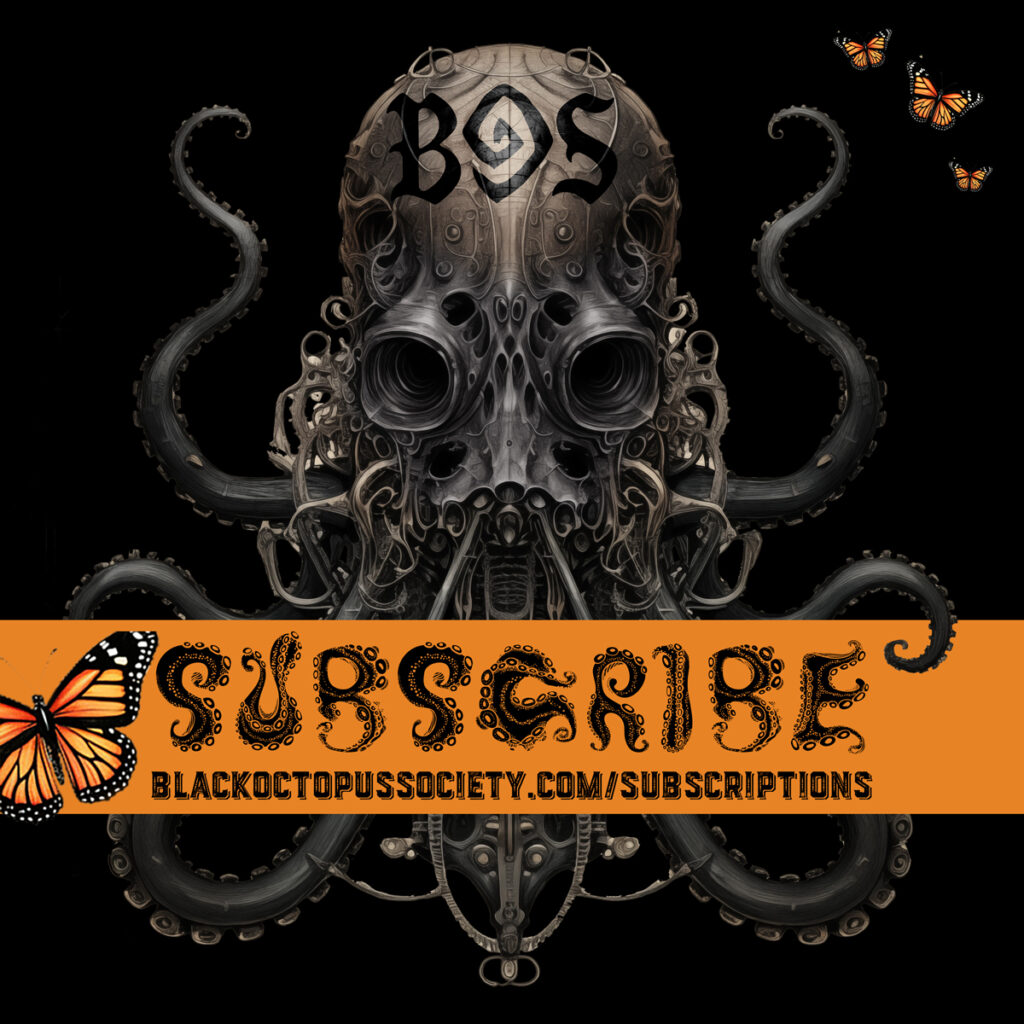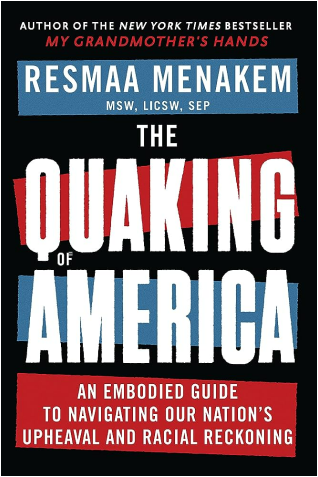In 1852, on July 5, to be exact, author, self-freed ex-enslaved man, and abolitionist Frederick Douglass gave a speech called “What, to the Slave, is the Fourth of July?” in Rochester, NY.
Born into enslavement in Maryland, Douglass experienced a transformation when he beat down a “slave breaker” at age 16. A few years later he escaped to Philadelphia and then New York City. In his lifetime he became a leader of the abolition movement, a presidential nominee (although he wasn’t running), a published author, a publisher, and a well-known orator. He married a Black woman and later a white woman. He was Abraham Lincoln’s Black Friend (according to Lincoln, anyway). To this day he has an avenue named after him in New York City and other cities and he even penetrated the consciousness of a sitting president who didn’t know he wasn’t still alive in the 2000s but had heard his name. He has been identified as the founder of the Civil Rights Movement in America, although not necessarily by the participants in that ongoing movement.
It was in his capacity as orator that he was asked to give the speech in Rochester. It’s possible that the folks who asked him to give the address didn’t know exactly who they were dealing with, and Douglass may have played on that benign ignorance, because the speech is a masterwork in misdirection. Beginning with a respectful and even admiring recounting of the events leading up to the 1776 revolt against British rule and the stated ideals of the Founding Fathers, Douglass turned on a dime and delivered an oratorical beatdown.
Friends, Brother Frederick came for everybody. The Founding Fathers, American democracy, Congress, slaveholders, slave drovers, American churches, the South, the North, and all the people in that room. If you, possibly like they, are not familiar with his fiery literary style, here’s a sample:
“This Fourth of July is yours, not mine. You may rejoice, I must mourn. To drag a man in fetters into the grand illuminated temple of liberty, and call upon him to join you in joyous anthems, were inhuman mockery and sacrilegious irony. Do you mean, citizens, to mock me, by asking me to speak to-day? If so, there is a parallel to your conduct. And let me warn you that it is dangerous to copy the example of a nation whose crimes, lowering up to heaven, were thrown down by the breath of the Almighty, burying that nation in irrecoverable ruin!”
In the speech, which when published went on for 38 pages, Douglass pleads with the people in that room to have some sense. For the scales to drop from their eyes. To stop demanding that, as Audre Lorde would write some 130 years later, that “it is the members of the oppressed, objectified groups who are expected to bridge the gap between the actualities of our lives and the consciousness of the oppressor.” We can imagine what the response to his speech was. Some people likely cheered, many were probably silent, and a lot of people would have gone deep into their fragility and ferality. We can imagine this because we see how folks react to similar sentiments today in 2024. We can sense the energetic activation of bodies as his words sank in. Douglass knew what he was doing and how his listeners would react, saying, “I fancy I hear some one of my audience say, it is just in this circumstance that you and your brother abolitionists fail to make a favorable impression on the public mind. Would you argue more, and denounce less, would you persuade more, and rebuke less, your cause would be much more likely to succeed.” Translated into today’s speech, “You’d get a lot more support if you weren’t so angry,” the rallying cry of folks who benefit from things not changing.
Interestingly Douglass concludes his speech by saying he doesn’t yet despair of America or its stated ideals. This was some 13 years before the end of the Civil War and the implementation of Emancipation, but he could see that legal slavery was on its way out. Whether he suspected then that it would be followed by de facto slavery and both de jure and de facto segregation we can’t know.
We’ll leave the stunned citizens of Rochester, NY to reflect on his words, of which Douglass had many. We can reflect, as the day of fireworks and flags approaches, why some movements to throw off oppression are revolutions, and others are uprisings. Why some people are enshrined as freedom fighters while other are “rioters.”
I am thrilled to announce the launch of my new multilevel platform: Black Octopus Society. Black Octopus Society will draw together and draw home all my Resmaa.com somatic abolitionism offerings, courses, apps, the books and practice books, music, and merch; the Cultural Somatics Institute; and The AddiEun Foundation: all the spreading tentacles of what my team calls “The Resmaaverse.” This will not just be the home of my work and offerings; it will be a space for communal gatherings, partnering and practice.


